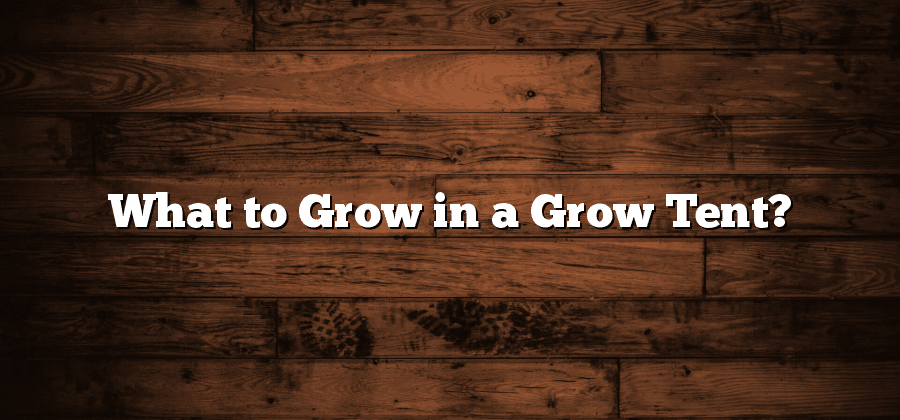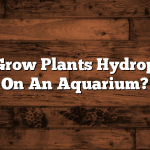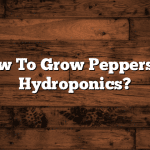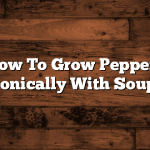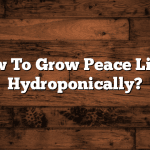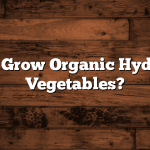Choosing the Right Plants for a Grow Tent
When it comes to choosing the right plants for a grow tent, there are several factors to consider. Firstly, it is important to think about the space available in your grow tent. Different plants have varying sizes and growth habits, so you need to select ones that will fit comfortably and not overcrowd the tent. Secondly, consider the amount of light your grow tent can provide. Some plants require more intense light than others, so it is essential to choose plants that match the light output of your grow tent. Finally, think about the specific environmental conditions inside the tent, such as temperature and humidity. Certain plants thrive in specific temperature and humidity ranges, so be sure to choose plants that can tolerate the conditions within your grow tent. By carefully considering these factors, you can ensure that you select the right plants that will thrive in your grow tent and provide you with an abundant harvest.
Understanding Light Requirements for Indoor Gardening
Light is one of the most critical factors in indoor gardening. As plants are unable to photosynthesize without sufficient light, it is essential to understand their light requirements to ensure their healthy growth. Different plants have varying light needs, and it is crucial to consider factors such as intensity, duration, and quality of light when setting up your indoor garden.
Firstly, the intensity of light refers to the brightness or strength of the light source. Plants have different light intensity requirements based on their natural habitat. For example, plants native to sunny, open areas generally require higher light intensity, while those from shaded environments can thrive with lower light levels. It is important to read the light intensity recommendations for each plant you intend to grow and position them accordingly within your grow tent for optimal light exposure.
In addition to intensity, the duration of light exposure also plays a significant role in indoor gardening. Generally, most plants require 12 to 16 hours of light per day during their vegetative stage. However, as they transition into the flowering or fruiting stage, some plants may need shorter day lengths to trigger these processes. It is essential to research the specific light requirements of each plant to provide them with the ideal duration of light exposure, ensuring their proper development.
Lastly, the quality of light refers to the spectrum or color of light received by plants. While sunlight provides a full spectrum of light, grow lights can be used to mimic specific spectrums for indoor gardening. Different phases of plant growth, such as vegetative growth or flowering, may require varying spectrums of light. For example, blue light is essential for stimulating vegetative growth, while red light promotes flowering. Understanding the quality of light your plants need can help you select the most appropriate grow lights and optimize their growth potential.
By considering the intensity, duration, and quality of light, you can effectively meet the light requirements of your indoor garden. This knowledge enables you to choose the right grow lights and strategically position your plants within the grow tent to optimize their growth. With adequate light, your plants will thrive, resulting in healthier and more fruitful indoor gardening endeavors.
Exploring Ideal Temperature and Humidity Levels for Grow Tents
Maintaining the ideal temperature and humidity levels inside a grow tent is crucial for the success of your indoor gardening endeavors. The temperature inside the tent directly affects the rates of photosynthesis, respiration, and transpiration in your plants. Most plants thrive in temperatures between 70-80°F (21-27°C) during the day and slightly cooler temperatures at night. It is important to note that different plant species may have specific temperature requirements, so it is essential to research and understand the needs of your specific plants.
Humidity levels also play a vital role in the health and growth of your plants. The ideal humidity range for most indoor plants falls between 40-60%. Higher humidity levels can promote the growth of mold, mildew, and other detrimental pathogens, while lower humidity levels can cause stunted growth and leaf damage. To maintain optimal humidity, you can use a hygrometer to monitor the levels inside your grow tent and adjust accordingly. Additionally, proper ventilation and airflow can help regulate humidity levels by preventing the buildup of excess moisture. By carefully managing temperature and humidity, you can create an environment that promotes healthy plant growth and ensures the success of your indoor gardening endeavors.
Selecting the Proper Growing Medium for Your Plants
When it comes to indoor gardening in a grow tent, selecting the proper growing medium for your plants is essential for their overall health and successful growth. The growing medium, also known as the substrate, serves as the anchor for the plants’ root system and provides them with essential nutrients and moisture.
There are several options available for growing mediums, each with its own set of advantages and considerations. One popular choice is soil, which provides a natural environment for plants and contains beneficial microorganisms. However, it’s important to choose a high-quality soil mix that is well-draining and doesn’t compact easily. Another option is coco coir, which is derived from coconut husks and offers excellent water retention while still providing good air circulation for the roots. Other alternatives include perlite and vermiculite, which are lightweight and assist in improving drainage. Whichever growing medium you choose, it’s crucial to ensure it is well-suited for your plant’s specific needs and requirements.
Optimizing Nutrient Solutions for Healthy Plant Growth
To achieve healthy plant growth in a grow tent, it is vital to optimize nutrient solutions. Nutrients are essential for the overall development of plants, ensuring they receive the necessary elements to thrive. When selecting nutrient solutions, it is important to consider the specific requirements of your plants, such as their stage of growth and their nutrient uptake abilities.
Firstly, it is crucial to choose a nutrient solution that contains a balanced mix of macronutrients and micronutrients. Macronutrients include nitrogen, phosphorus, and potassium, which are needed in larger quantities and play significant roles in plant growth and development. Micronutrients, on the other hand, are needed in smaller amounts and include elements like iron, manganese, and zinc, which are essential for specific physiological processes. By providing a well-balanced nutrient solution, you can ensure that your plants receive all the necessary elements they need for optimal health and growth.
